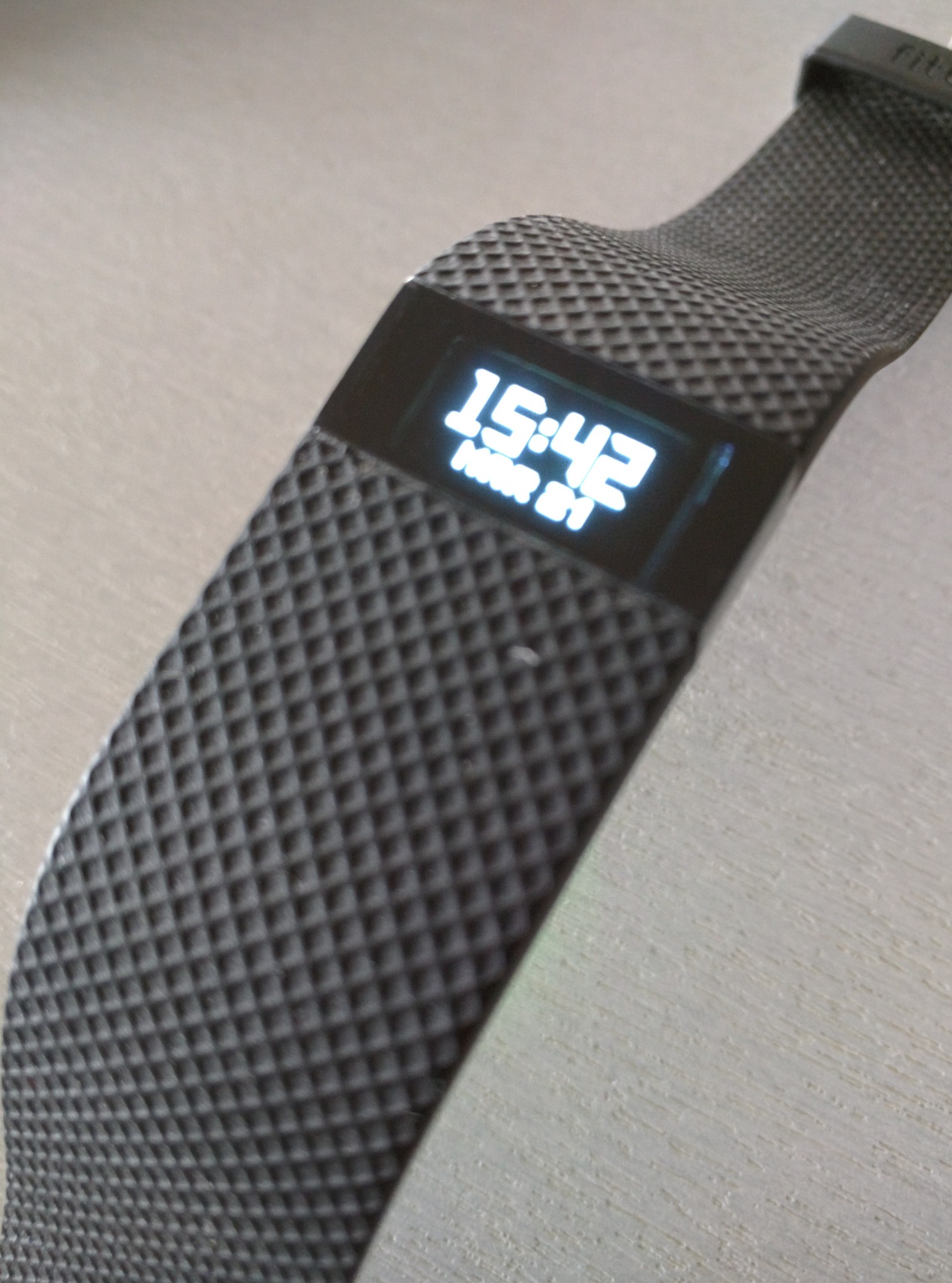
Fitbit devices detected 52.9% (192/363) of MVPA heart rate zone epochs correctly. This underestimate grew to -16.2 bpm (SE=0.74) in the MVPA heart rate zone. At the low intensity heart rate zone, the underestimate was smaller at -4.22 bpm (SE=0.15).

On average, the Fitbit tracker underestimated heart rate measures by -5.96 bpm (standard error, SE=0.18). The overall ICC comparing 1-min Fitbit measures with average 10-s Polar H6 measures for the same epoch was. We collected paired heart rate data for 2509 1-min epochs in 10 individuals under free-living conditions of 3 to 6 hours. We applied Centers for Disease Control and Prevention heart rate zone cut-offs to ascertain the sensitivity and specificity of Fitbit in identifying 1-min epochs falling into MVPA heart rate zone.

We derived intraclass correlation coefficients (ICCs) for individual participants comparing heart rate estimates. Fitbit measures were accessed at 1-min intervals, while Polar readings were available for 10-s intervals. During the field test, each participant would wear one Fitbit Charge HR activity tracker and one Polar H6 heart rate monitor. Ten healthy volunteers were recruited from a large university in Singapore to participate in a limited field test, followed by a month of continuous data collection. The objective of our study was to examine the accuracy and sensitivity of a common wrist-worn tracker device in measuring heart rates and detecting 1-min bouts of moderate to vigorous physical activity (MVPA) under free-living conditions. Recent studies have evaluated the performance of these consumer devices in the laboratory. Many modern smart watches and activity trackers feature an optical sensor that estimates the wearer's heart rate.


 0 kommentar(er)
0 kommentar(er)
